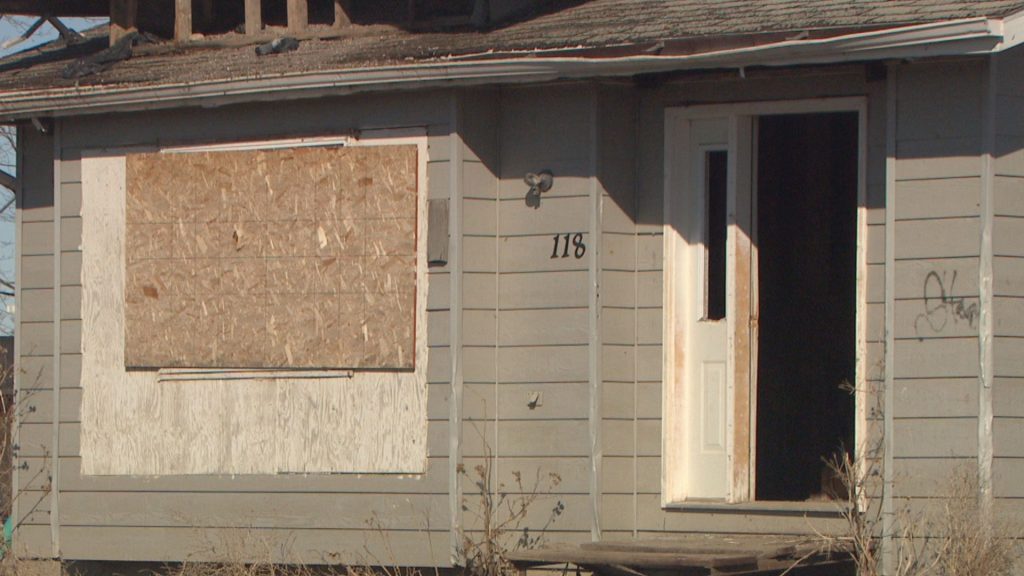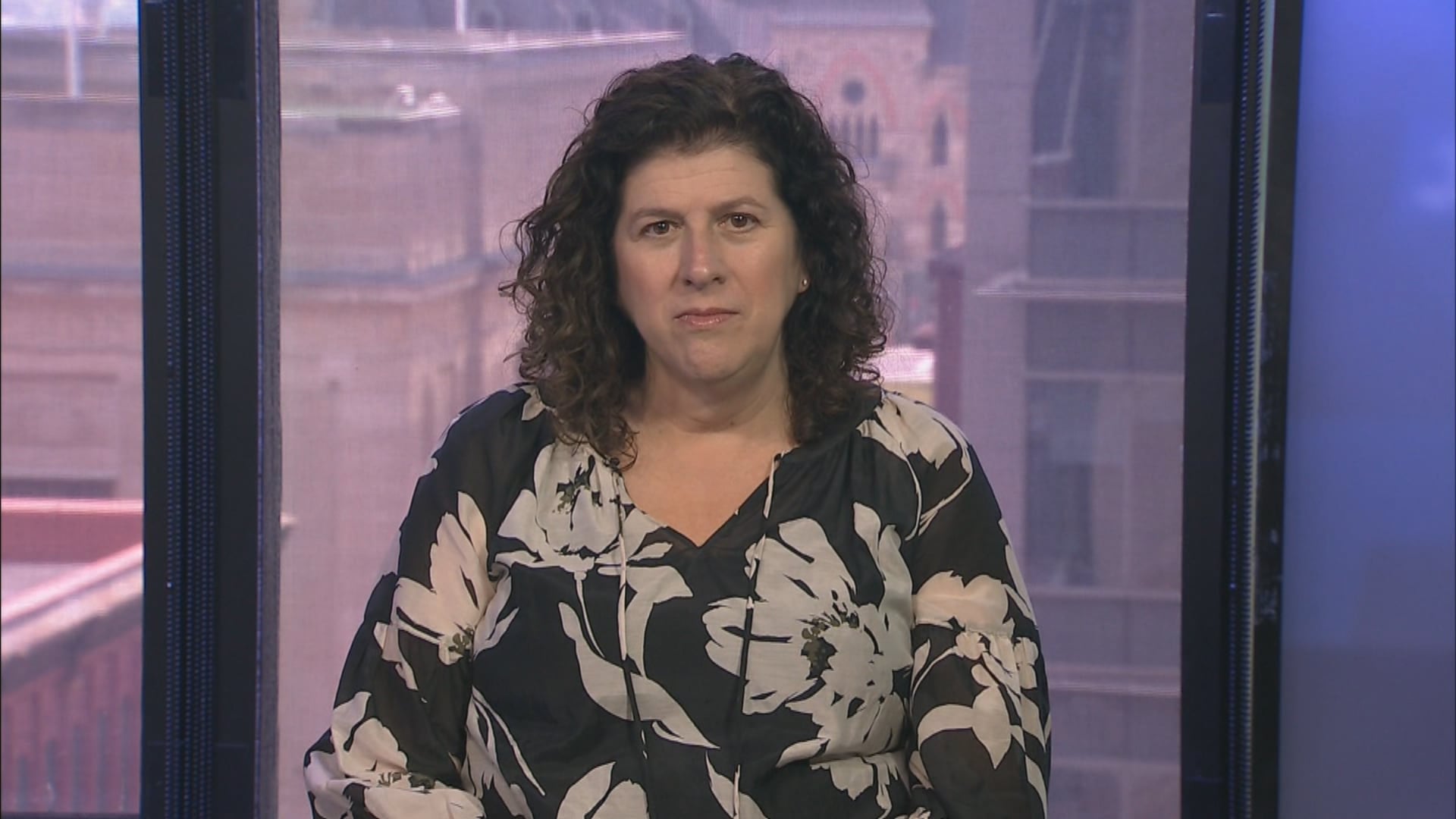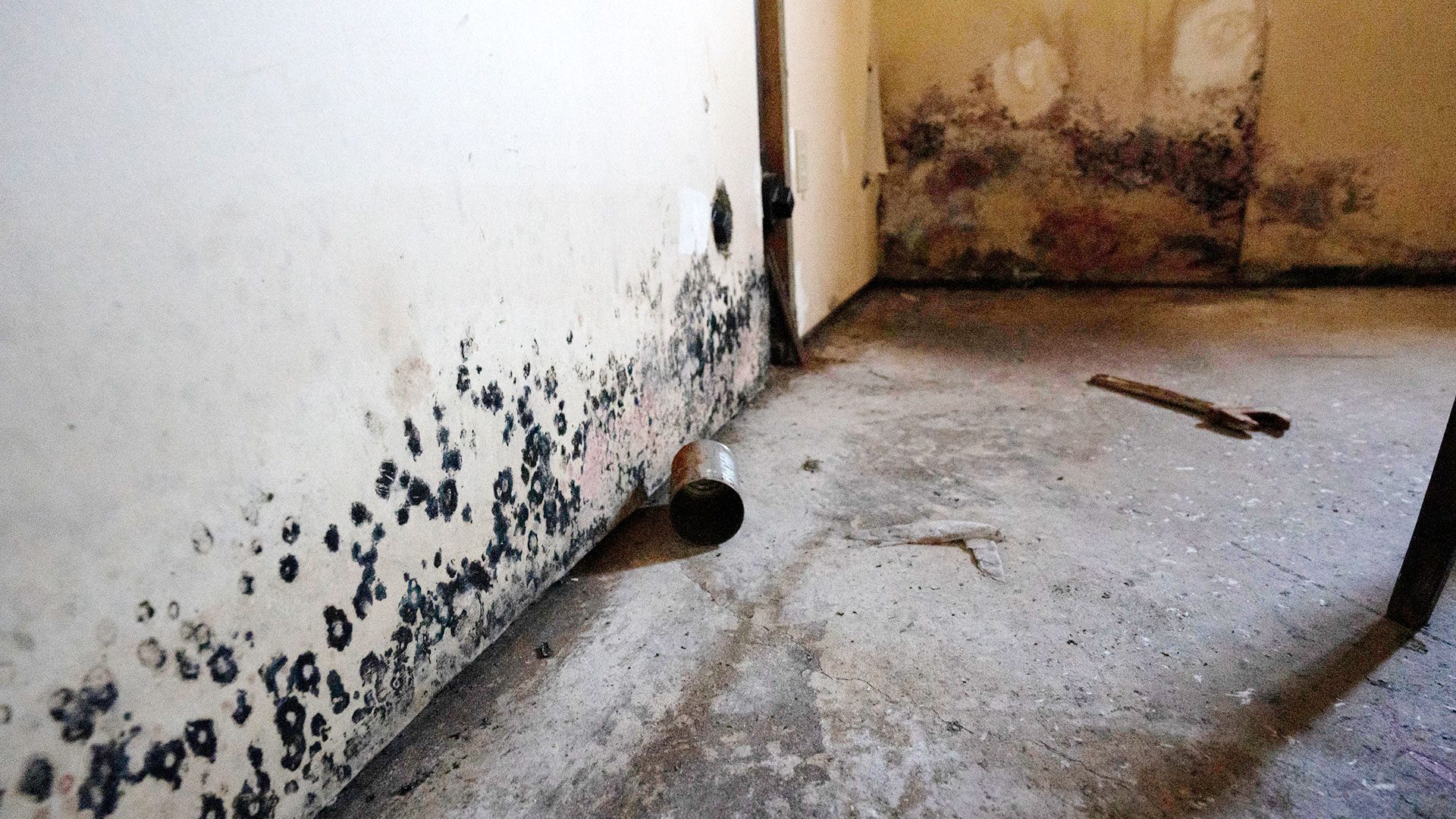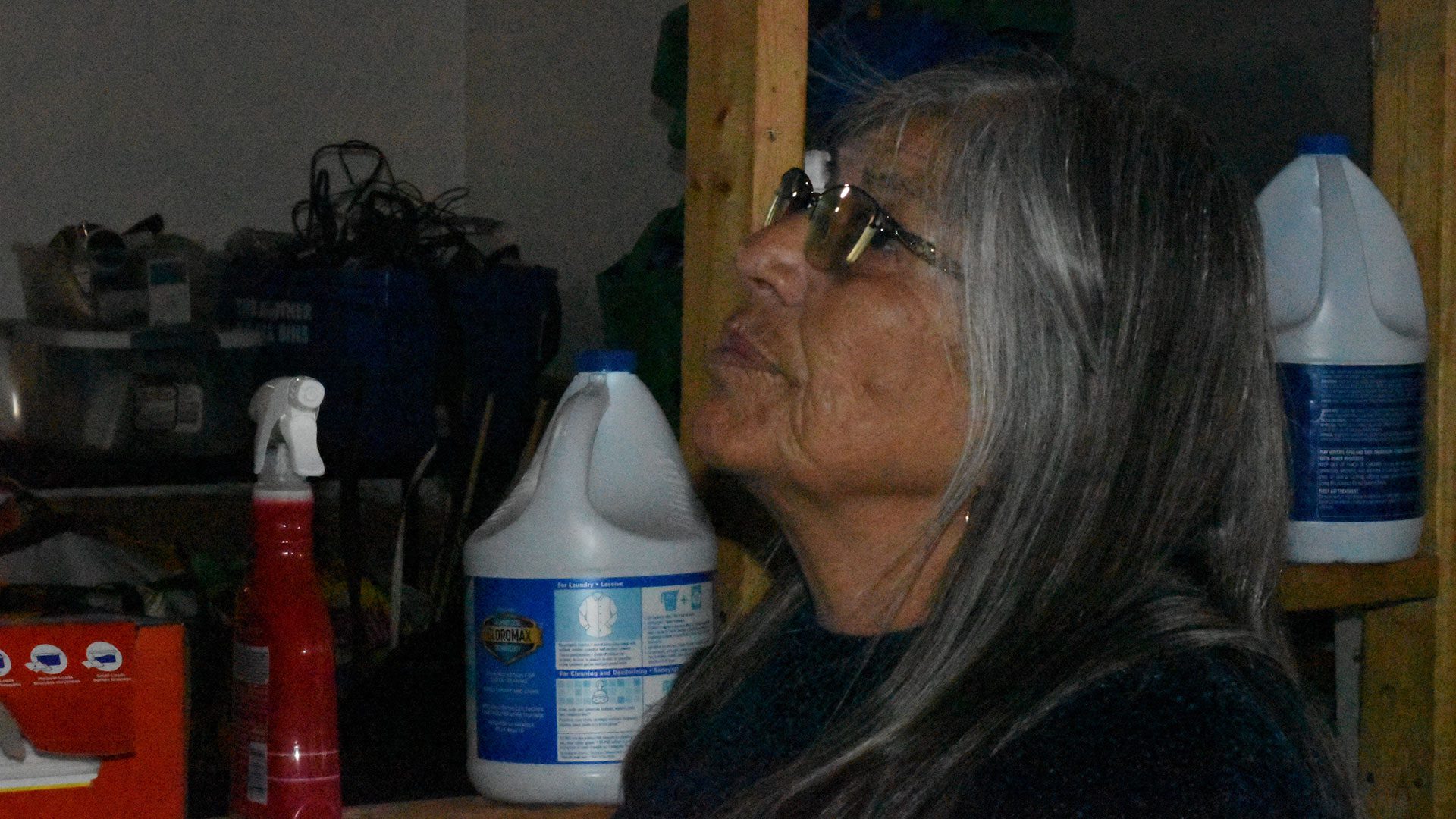
The Assembly of First Nations estimates it would take about $40 billion to close the housing gap on reserves. Photo: APTN file
The grand chief of the Confederacy of Treaty 6 First Nations says the auditor general’s report that found significant underfunding for housing in the prairie provinces “confirms what we know.”
“It confirms what we know to be true—every day the historic underfunding and little progress to address housing on First Nations continues to worsen this crisis,” said Cody Thomas in an emailed statement to APTN News.
On March 19, Karen Hogan released a report, one of four since 2003, that has raised concerns about the state of First Nations housing.

The report found that CMHC relied on data from Canada’s Census in 2001 for deciding on annual funding to its regional offices for new home development and repair and that an analysis found that the effect of not updating its model “resulted in First Nations in Alberta, Saskatchewan, and Manitoba being significantly underfunded and therefore not receiving their equitable share of funding.”
Alberta was underfunded by $141 million, Saskatchewan by $72.92 million and Manitoba by $60 million according to the report.

“Despite these audits, we found that Indigenous Services Canada (ISC) and the Canada Mortgage and Housing Corporation (CMHC) have made little progress in supporting First Nations to improve housing conditions in their communities,” Hogan said in the report.
Thomas said the lack of housing causes many issues to First Nations communities.
“Housing is one of the main factors determining well-being. Unsafe housing leads to mental and physical health problems, greater mortality rates, and substance use,” he said. “We are seeing all of these problems in our nations at much higher rates than other people across this country.”
Under federal law, ISC and the CMHC are the primary government organizations responsible for housing in First Nations communities.
APTN contacted CMHC about the outdated funding model and whether the Prairie provinces will receive compensation but CMHC wouldn’t answer the question.
“We welcome the OAG’s [office of the Auditor General] report and appreciate it shining a light on the overall gap in funding to resolve on-reserve housing issues. CMHC looks forward to and is committed to working with our partners, including ISC, in the revision of the funding formula and will listen to First Nations on what that should look like,” said their media relations person as a response.
Read more:
Treaty 8 grand chief in Alberta says his community’s housing money hasn’t changed since the ‘90s
APTN also asked ISC on whether First Nations will be compensated after being shortchanged but their response did not answer the question either.
The AG report said both organizations have made little progress in supporting First Nations’ efforts to improve housing conditions in their communities.
Over the last five fiscal years the feds spent $3.86 billion building new homes and repairing existing homes in First Nations communities. This number is significantly off from the $44 billion an Assembly of First Nations report said was needed in 2021.
The AG report found that 80 per cent of the housing needs were still not met. The target to meet the housing needs was set for 2030.
Mould issues not tracked
A Statistics Canada report shows Indigenous People are three times more likely to live in a home in need of major repairs than the non-Indigenous population.
Mould is a long-standing problem in First Nations homes but according to the AG report only one region in the country is tracking mould issues. That regional office in Alberta found that 30 per cent of homes had mould.
Roberta Gladue, who lives in Enoch Cree Nation, has experienced the issue of mould first hand.

“We had mould here. I didn’t know I should be wearing a mask and I was cleaning it,” said Gladue. “I had to throw everything out of my crawlspace and I was wiping with a mop and rinsing.”
The band helped to fund the repairs to the outside of the house but some of the interior remains damaged due to water. Gladue is being given a new house but feels that better construction practices would help maintain housing.
“This house is only from the 1980s it’s still got a good frame,” said Gladue.
In 2015-2016, 20.8 per cent of those homes needed major repairs and 5.6 per cent needed to be replaced.
There were slight improvements in 2021-2022, the number of homes in need of repairs decreased slightly to 19.7 per cent, while the number of new homes needed increased to 6.5 per cent.
The report found that a 2008 mould strategy was no longer in use, and government was unable to explain.
“We cannot do this work alone, we need our partners to step up, fulfill their commitments and work with us to help foster a future where First Nations can thrive with stability and safety,” said Thomas.










